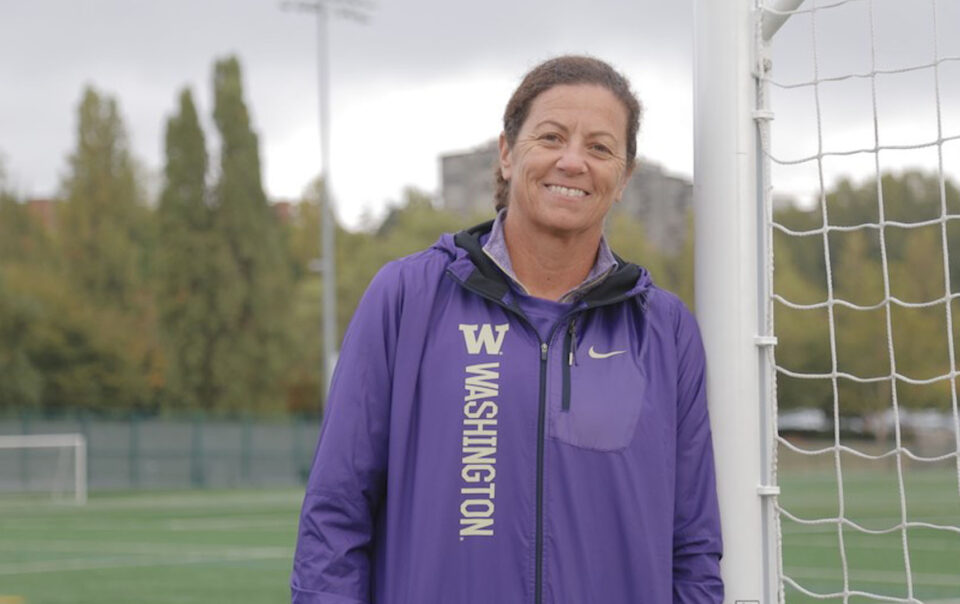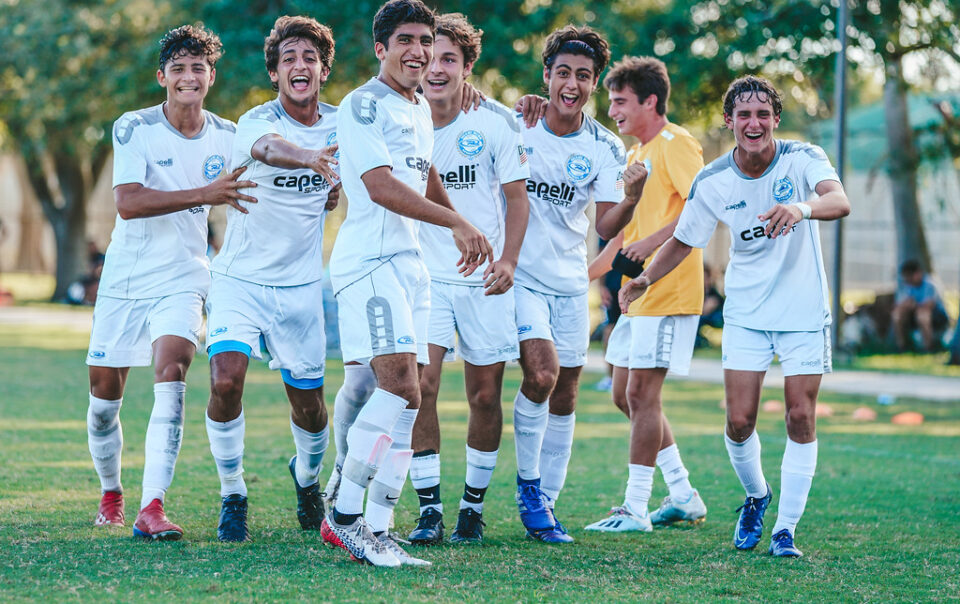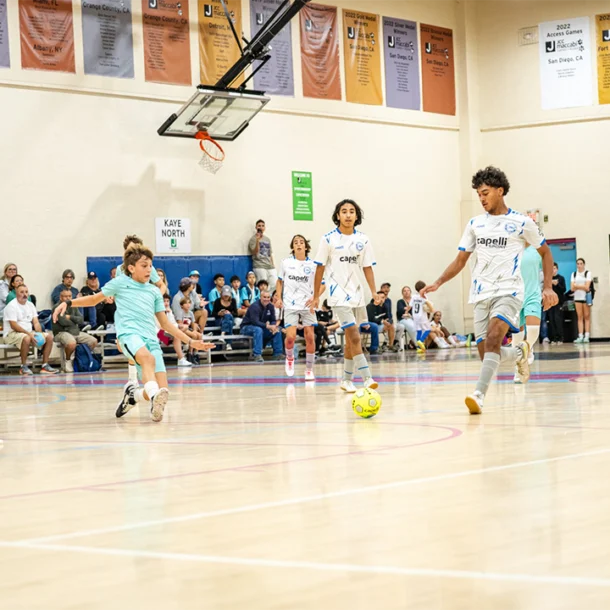
This article was writte n by Pablo Toledo, Rush Soccer’s Sporting Project Director.
The Rush Way, for all three participants of a game, states the following about sideline behavior:
Coaches’ Sideline Behavior
From the outside, the conduct of the coach on the sideline can be perceived as a reflection of the conduct of all coaches within Rush Soccer. Coaches are a reflection of their players and should conduct themselves with respect for the officials, the opponents, and the game of soccer. Remain positive when at all possible but motivational throughout. Coach actively but don’t misunderstand that with constant narrating and interventions. Actively means engaged. Education and being a first class role model are the paramount reasons that a coach has been given the honor to coach for Rush. It is always important to remember this.
Parents’ Sideline Behavior
Rush parents are expected to be positive, motivational and supportive to all players and officials. Learning the Rush chants is encouraged. Parents are expected not to coach from the sidelines but enjoy the experience of the game.
Players’ Sideline Behavior
Players are encouraged to support other Rush teams and give their full-hearted support. Learn the Rush songs; be as loud but respectful as possible and help educate the rest of the country in the way soccer should be supported, as it is in the rest of the world.
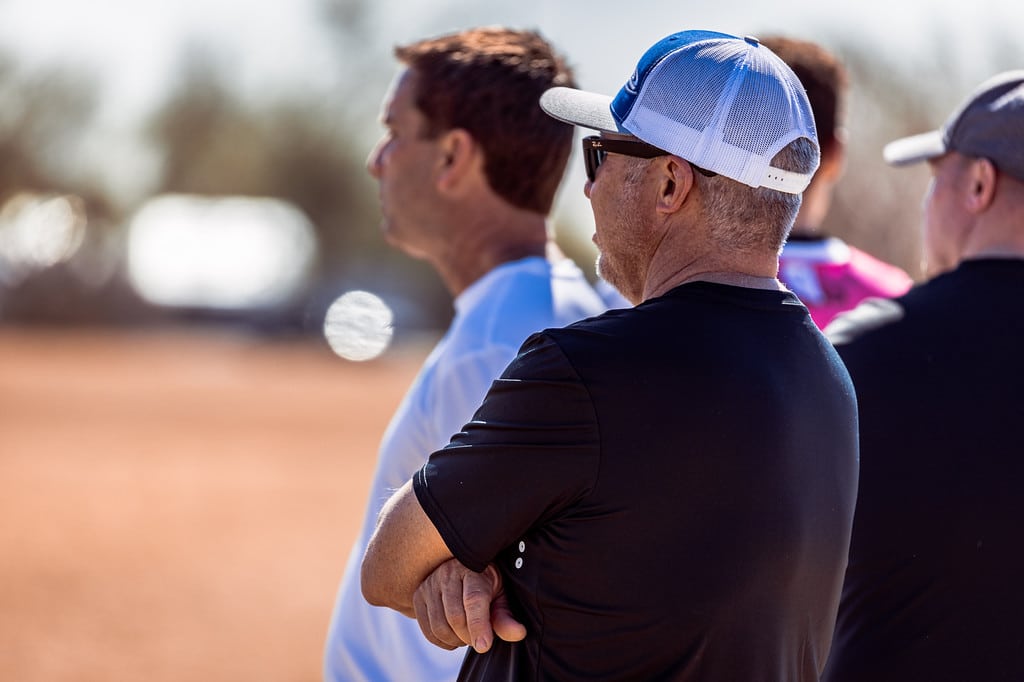
I wanted to include the three paragraphs here because all three of them mention important aspects. Beyond the obvious goal of encouraging all parties to be role models of education, I think it matters to differentiate that from being quiet. We said it before, quoting Jorge Valdano, isn’t football just an excuse to be happy? Then chant, cheer, celebrate! What makes football the most beautiful and popular sport in the world is people’s emotions and passion. As a player, it is no different. To remember those games in which the supporters couldn’t stay seated and every play was cheered and clapped are memories that stay with you forever.
Now, on the other hand, we shouldn’t confuse that with coaching. A rookie yet very common mistake that we coach the coaches on is to avoid making comments to the player on the ball. The reason is simple, soccer is a game in which situations tend to be chaotic and solutions are multiple, so when we tell the player on the ball to do something or to look for something, we are making at least three mistakes. One is assuming that our solution is better than what the player might have already thought. Two is that we add confusion, because now the player hesitates between his/her own thoughts and following instructions from an authority figure, and three that we are trying to solve the problem for them when the overall objective of coaching is that they learn to solve those problems autonomously. If you add now a parent as well yelling at the player another different idea, we are truly confusing the player, who in addition to analyzing the situation and trying to decide what the best solution is in seconds, now he/she is also hesitating which of the two authoritative figures he/she should obey.
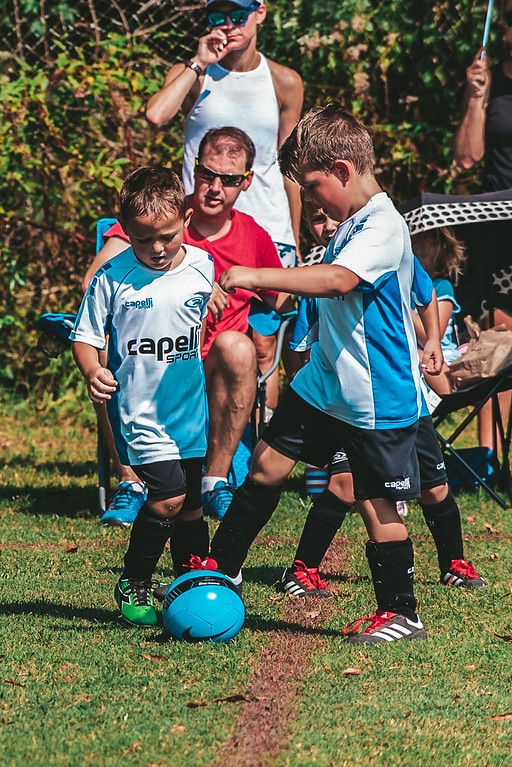
That’s why we ask families to support the players vividly but avoid coaching from the sidelines. It is not even a matter of thinking that ‘the coach knows best’. Soccer is a game in which, quoting 1978 World Cup Champion coach Cesar Luis Menotti, there are very few absolute truths but definitely a lot of evident lies. What the phrase means is that there are many ways of doing certain things and frequently picking one or the other is purely a context specific choice, a decision, an agreement.
Let me give you an example that is seen very frequently on the fields. The coach might have chosen to lower the pressing approach to mid or low block and communicate that to the players. That means that the team will let the opponent have the ball in certain areas close to their goal and start pressing aggressively once they cross a certain spatial reference of the field (can be the top of the center circle, or midfield line, or bottom of the circle, among others). The opponent plays out of the back and the center backs dribble the ball for seconds, our forwards wait. The audience misinterprets this with passiveness from our forwards that seem to not be making the effort to win the ball back, so the word “pressure” starts being yelled at them. Now the forwards don’t know who to obey. Does it sound familiar? This ‘coaching’ wasn’t directed to the player on the ball but was still damaging.
These are just some of the many reasons why it is better to avoid coaching from the sideline and leave that to the coach, who has the responsibility of educating himself/herself to learn to do this effectively to favor one objective: Accelerating the learning process.
When we spoke to Richard Shorter from Non-Perfect Dad about Performance Environments, he referred to the need of uniting all parties to create an environment in which there’s safety but not necessarily certainty to encourage creative exploration. The full webinar below for anybody interested.
“If we are going to get genuine unity, we need to create a safe space where everybody feels like we have an identity, and in which we are willing to explore the new together.”
Richard Shorter.
Moreover, we truly encourage you to laugh and enjoy the experience. Watching our kids play sports is a remarkably beautiful thing, don’t let it turn into stress.
In the article about developing growth mindsets, you’ll also learn why praising the effort is way more beneficial than praising the ability.



